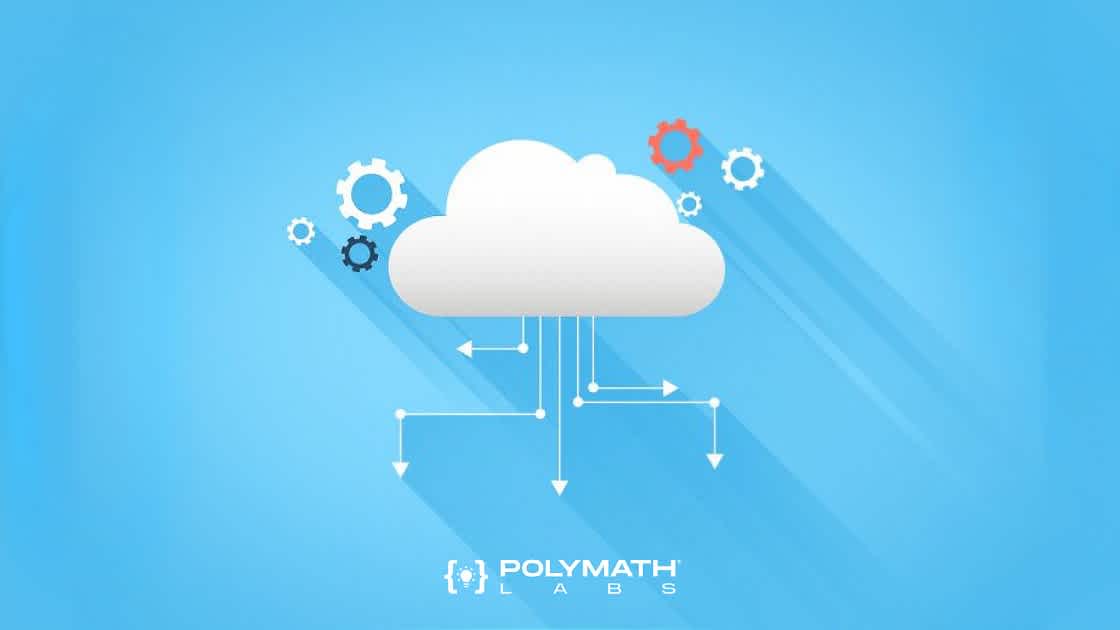
Learn about cloud-native development, the architecture we use to build tech products at Polymath Labs.
Decoding the architecture of Polymath Labs.
Cloud Native is the architecture we use to build tech products at Polymath Labs.
With Cloud Native, we outsource as much of the tech stack as we can to trusted external providers, so we – and our partners – can focus on the core app logic that matters most.
That gives us the ability to rapidly build secure, scalable and cost-effective apps robust enough to work in dynamic environments, plus nimble enough to flex when needed – without drama.
Cloud Native, in other words, is an app developer’s dream.
A clear-skies approach.
You’ve probably heard of Cloud computing – the delivery of computing services (like databases, or servers) over the internet, rather than through your own on-site data center.
Cloud Native apps are built to take advantage of the infrastructure of this public Cloud. They rely on managed services, run by a provider, rather than on your own server or operating system. That means all the demands of traditional OS-based applications – like the system being manually configured and regularly updated with new drivers and resources – don’t apply.
This makes Cloud Native apps more flexible than traditional apps, giving them the ability to be consistently and efficiently optimized for speed, performance, and security. For virtually any business, that’s a win.
Modern app development calls for modern architecture.
That’s why, at Polymath Labs, we’re all about Cloud Native. Here’s how it works:
We work using a style known as Continuous Delivery – where teams operate in short cycles, allowing for incremental improvements to apps that can be deployed at any time. The result? Updates without the downtime.
We design our tech using Microservices – a suite of independently deployable services. That means individual features can be updated without impacting the tech’s function overall.
We build these Microservices using either Serverless- or Containers-based architecture. With Serverless, responsibility for hardware, operating systems, and platforms is outsourced to a trusted Cloud provider (like AWS or Azure). That means the only thing left to take care of in-house is the application logic itself. With Containers, each application is packaged into a discrete unit of software, with all the related files and libraries it needs to run, making them easily portable from one software environment to another – just as the name suggests.
The bottom line.
A Cloud Native approach means your business benefits from:
Tech that essentially runs itself, meaning any issue relating to infrastructure, servers, or platforms, becomes the Cloud provider’s responsibility. Not your problem.
Smaller, more manageable solutions. An outsourced tech stack means you can focus on solving business problems, not tech problems.
Security, in-built resilience and reduced risk. Tech stacks are outsourced to trusted providers, like AWS, who are responsible for security business continuity – so you’re always in safe hands.
Increased growth. Cloud Native allows you to go to market faster than ever. And with smaller teams and a reduced operational burden, you’ll save on costs, too.


